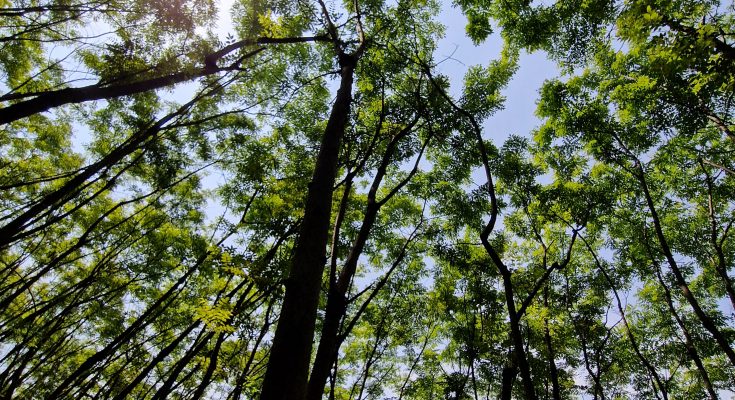eLife, https://doi.org/10.7554/eLife.100202.2
Involved members of MultiTroph: Ming-Qiang Wang, Douglas Chesters, Michael Orr, Michael Staab, Jing-Ting Chen, Qing-Song Zhu, Felix Fornoff, Xiaoyu Shi, Shan Li, Massimo Martini, Alexandra-Maria Klein, Andreas Schuld, Xiaojuan Liu, Helge Bruelheide, Arong Luo, Chao-Dong Zhu
Summary: This research explores how multiple dimensions of tree communities structure host-parasitoid networks and their phylogenetic composition. By leveraging a five-year dataset from a large-scale subtropical tree biodiversity experiment, the authors found that various components of tree diversity, such as species richness and phylogenetic diversity, as well as canopy cover, influence both the species and phylogenetic composition of host and parasitoid communities. Their findings indicate that phylogenetic associations between hosts and parasitoids reflect non-randomly structured interactions.
Conclusion: The study suggests that the composition of higher trophic levels and their corresponding interaction networks are determined by plant diversity and canopy cover, particularly through trophic links in species-rich ecosystems. These results indicate the importance of considering multiple dimensions of biodiversity when trying to understand and manage forest ecosystems.
